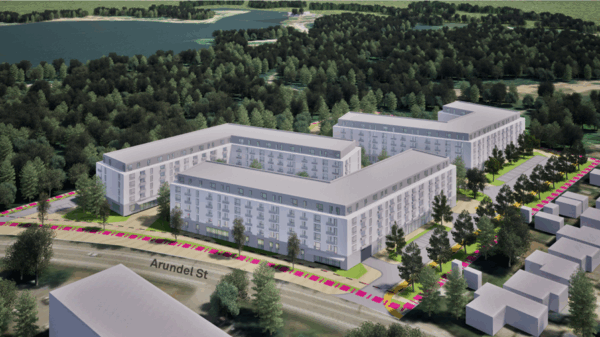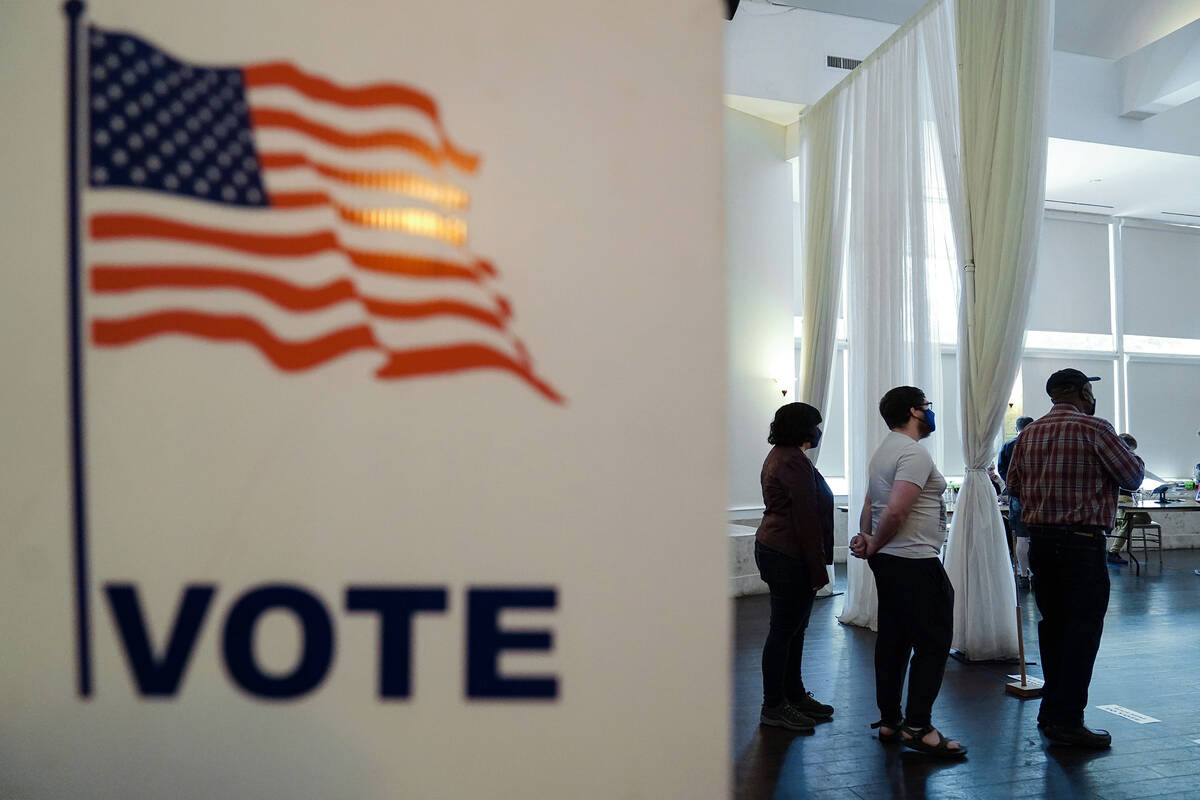Texas faces a contentious redistricting process that significantly affects voter representation. As the state updates its electoral maps following the 2020 census, the implications of these changes for individual voters and political parties are becoming increasingly apparent. Critics argue that the current system undermines the principle of fair representation, particularly for minority parties.
The redistricting process in Texas often leads to what is known as gerrymandering, a practice where the majority party manipulates district boundaries to secure additional seats in the legislature. This approach can distort the electoral outcomes, as districts are drawn in a way that favors one party over another. Ideally, if a minority party receives 40 percent of the votes, it should obtain 40 percent of the seats. However, gerrymandering frequently skews this balance.
Voter representation in a republic, as practiced in the United States, emphasizes electing representatives to handle various issues on behalf of constituents. This differs from a direct democracy where all community members vote on every issue. The importance of maintaining equitable representation in the electoral process is vital for upholding democratic values.
The Texas redistricting process serves as a reminder of the broader implications of electoral map drawing. With the 2020 census providing new population data, state lawmakers have the opportunity to redraw districts. Yet, the challenge lies in ensuring that this process is transparent and fair, rather than serving the interests of the majority party.
As the redistricting battle unfolds, the focus must return to individual voters and the fundamental principle of one-person, one-vote. Ensuring that every voice is heard and represented fairly is essential for the integrity of the electoral system. As the situation develops, the impact of these decisions on Texas voters will continue to be a critical area of scrutiny and discussion.






































































